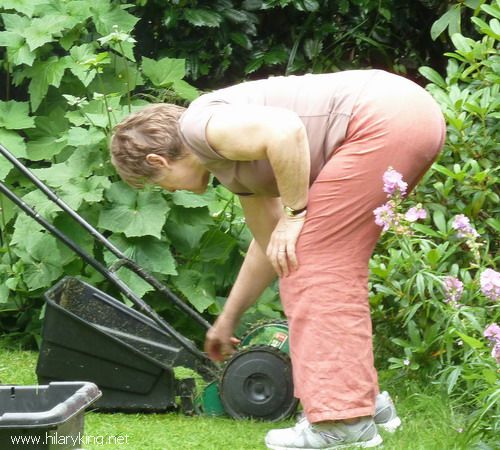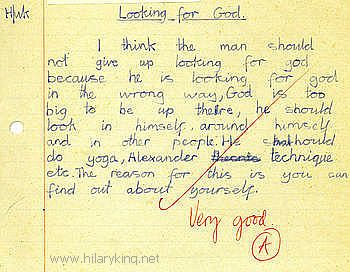Leonardo da Vinci Anatomy Drawings
Leonardo da Vinci Anatomist Exhibition
The Alexander Technique and Gardening
Quite a work-out – and it can be easy to strain muscles or hurt your back doing all this work. So when you are involved in activities such as gardening, be aware and remember what you have learnt in Alexander lessons. Don’t rush into things but pause, take a moment to think about how you are going to use your body when doing the next job. Give yourself directions, remind yourself not to tighten everything up ( tension is not the same thing as strength). Avoid pulling your head back but to allow your spine to lengthen into all your movements, so that you protect your neck and back.
Running with Ease
Born to Run: The Secrets of Kenyan Athletics.
Hearts and Minds
Heart v Mind: What Makes us Human?
Elisabeth Walker Interviewed on BBC Radio 4
Elisabeth Walker, the last remaining teacher who trained with F M Alexander himself, was interviewed on Woman’s Hour, BBC Radio 4 (12 June 2012).
Shoulder Tension ~ Learn to Let it Go
In a previous Blog entry which explored the concept of end-gaining I mentioned a very stressed young woman who had come to me for her first Alexander Technique lesson, because she had high blood pressure levels, migraines and lots of tension in her neck and shoulders, which wouldn’t go away despite trying various things, including physio and yoga.
One Child’s View of the Alexander Technique
This short piece was written by a young secondary school child for his Religious Studies homework and it illustrates an aspect of the Alexander Technique that is not often known by about many people, who often think that lessons are only about ‘sitting up straight’ – until they have experienced the work for themselves.
No mention of the Alexander Technique had been made by his school teacher. However, the boy had experienced some Alexander Technique for himself and he had also seen how people around him had changed in themselves, after taking a number of Alexander Lessons.
The boy’s words illustrate the fact that the Alexander Technique is a form of psychophysical learning which explores the relationship between the way we think and feel and the way we express those aspects of ourselves through the way we use our bodies. The Alexander Technique can even have aspects of being a spiritual experience – it’s not just a set of ordinary physical exercises that you do in order to improve your posture.
I will leave his homework to speak for itself.
Uni Boat Race is extreme end-gaining
The University Boat Race 2012
Tain’t what you do but the way that you do it….
Ella Fitzgerald’s ‘Tain’t what you do but the way that you do it’

